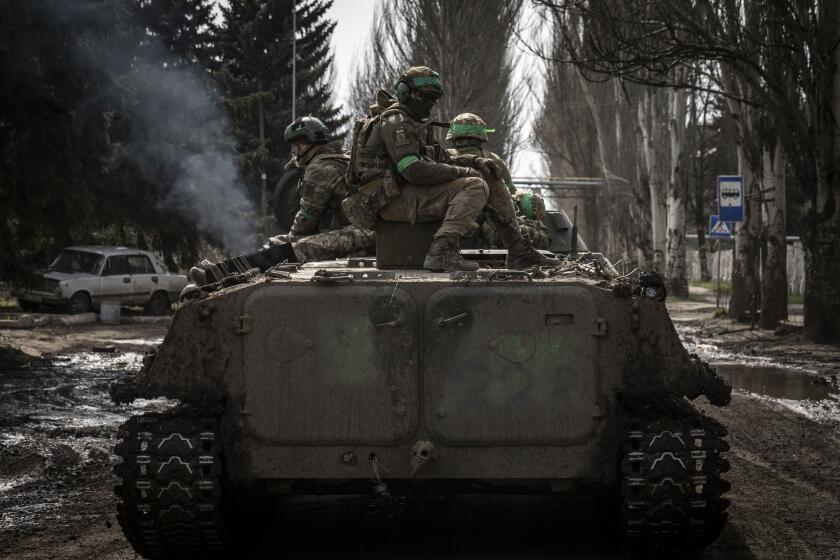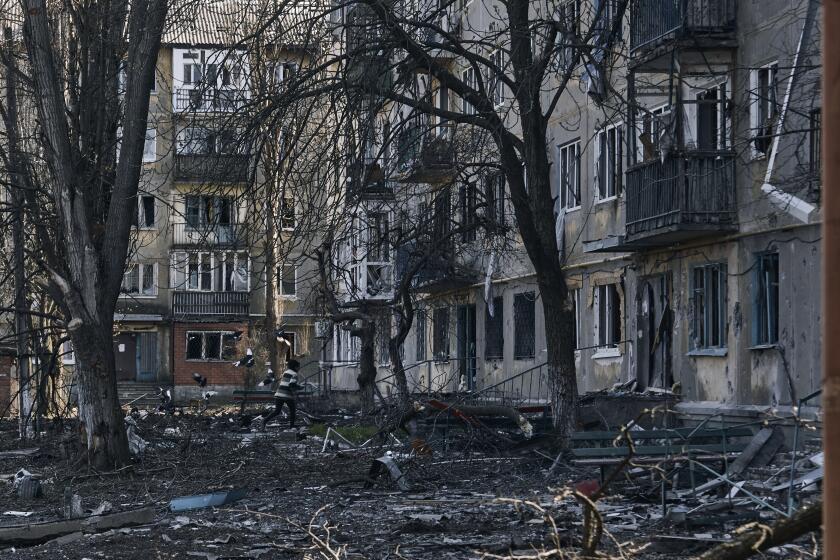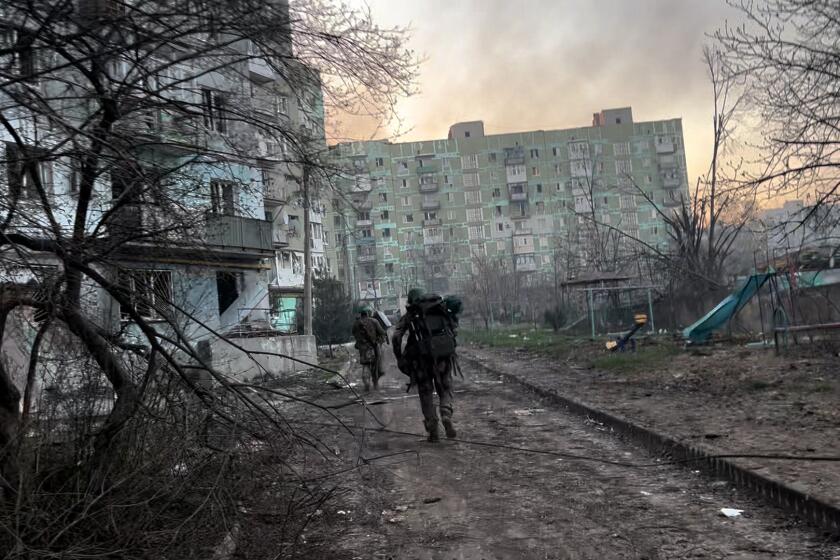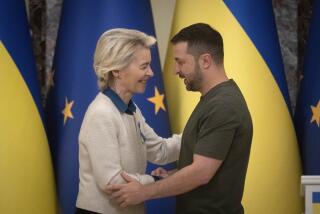Ukraine resumes electricity exports to Europe despite Russian attacks
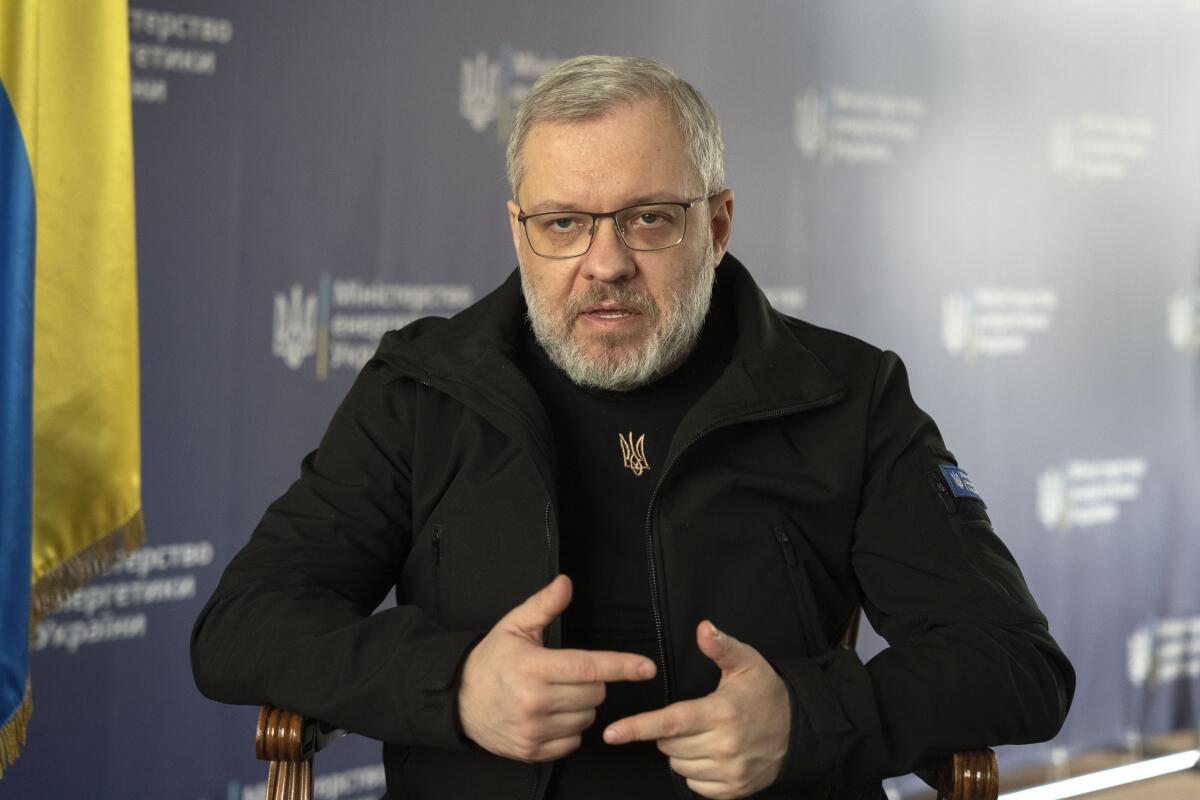
KYIV, Ukraine — Ukraine on Tuesday began resuming electricity exports to European countries, its energy minister said — a dramatic turnaround from six months ago, when Russian bombardment of power stations plunged much of the country into darkness.
The announcement by Energy Minister Herman Halushchenko that Ukraine was not only meeting domestic consumption demands but ready to restart exports to neighbors was a clear message that Moscow’s attempt to demoralize the population by targeting its infrastructure did not work.
Ukraine’s domestic energy demand is “100%” supplied, Halushchenko told the Associated Press, and it has reserves to export due to the “titanic work” of its
engineers and international partners.
Russia ramped up infrastructure attacks in September, when waves of missiles and exploding drones destroyed about half of Ukraine’s energy system. Power cuts were common across the country as temperatures dropped below freezing, and tens of millions struggled to keep warm.
As anticipation builds for a counteroffensive, Ukrainian forces are desperate to lay their hands on Western tanks that could help turn the war’s tide.
Moscow said the strikes were aimed at weakening Ukraine’s ability to defend itself, while Western officials said the blackouts that caused civilians to suffer amounted to war crimes. Ukrainians said the timing was designed to destroy their morale as the war marked a full year.
Ukraine had to stop exporting electricity in October to meet domestic needs.
Engineers worked around the clock, often risking their lives at power plants to keep electricity flowing. Kyiv’s allies also provided help. In December, U.S. Secretary of State Antony J. Blinken announced $53 million in bilateral aid to help the country acquire electricity grid equipment, on top of $55 million for energy-sector support.
Much more work remains to be done, Halushchenko said. Ukraine needs funding to repair damaged generation and transmission lines, and revenue from electricity exports would be one way to provide it. The first country to receive Ukraine’s energy exports will be Moldova, he said.
In addition to the heroic work by engineers and the Western aid, warmer temperatures are enabling the resumption of exports by reducing domestic demand. Nationwide consumption was already down at least 30% due to the war, Halushchenko said, with many industries having to operate with less power.
Russian and Ukrainian soldiers have gone home in a prisoner swap. Russia said 106 of its soldiers were released. Ukraine said Russia freed 100 Ukrainian prisoners.
Renewables like solar and wind power also come into play as temperatures rise, taking pressure off nuclear and coal-fired power plants.
But it’s unclear if Ukraine can keep up exports amid the constant threat of Russian bombardment.
“Unfortunately now, a lot of things depend on the war,” Halushchenko said. “I would say we feel quite confident now until the next winter.”
Exports to additional countries are on schedule to resume, he said.
“Today we are starting with Moldova, and we are talking about Poland, we are talking about Slovakia and Romania,” he added, noting that how much will depend on their needs.
“For Poland, we have only one line that allows us to export 200 megawatts, but I think this month we will finish another line which will increase this to an additional 400 megawatts, so these figures could change,” he said.
Export revenue will depend on fluctuating electricity prices in Europe. In 2022, when Ukraine was able to export energy, its companies averaged monthly revenue of 40 million to 70 million euros ($43.7 million to $76.5 million), depending on prices, Halushchenko said.
If war is hell, there’s a credible case Bakhmut is its ninth circle, as Russia besieges the Ukrainian city that has symbolic, if not strategic, value for both sides.
Even if it’s 20 million euros ($21.9 million), he said, “it’s still good money. We need financial resources now to restore generation and transmission lines.”
Ukraine has the ability to export more than the 400-megawatt capacity limit imposed by the European Network of Transmission System Operators for Electricity, or ENTSO-E.
“We are in negotiations to increase this cap, because today we can export even more; we have the necessary reserves in the system,” the minister said.
The capacity limit is in line with what Ukraine was exporting in September before it diverted resources to meet domestic needs.
The 400-megawatt capacity is “only a start” as Ukraine pursues a long-term goal of becoming “truly integrated” into Europe’s network, which would increase the security of its
supply and help its neighbors exchange electricity, according to Georg Zachmann, energy policy expert at the Bruegel think tank in Brussels.
At a price of 100 euros ($109) per megawatt hour, the monthly income stream for Ukraine would at most reach 30 million euros ($32.8 million). As capacity increases, however, concerns will move from supply to commerce and politics due to Ukraine’s coal-fired plants paying almost nothing for carbon emissions, while EU competitors pay 100 euros per ton.
The Pentagon says online leaks of scores of highly classified documents about the Ukraine war present a “very serious” risk to national security.
Halushchenko wants to increase the maximum technical capacity to 2 gigawatts. At the very least, he would like exports to meet the country’s import restriction of 850 megawatts, he said.
ENTSO-E represents 39 electricity transmission system operators from 35 European countries.
Ukraine began trading electricity with European countries in June, in a bid to move away from Russia’s sphere of influence. Power lines were synchronized in March 2022, shortly after the war began.
Engineers sped up the process to link Ukraine to the continental grid, allowing the country to decouple its power system from that of Russia. Moldova was added later. Before that, Ukraine and Moldova were part of a power sharing system that included Russia and Belarus.
The resumption of exports is an obvious win for Ukraine, but it also benefits Europe, according to energy analyst Olena Pavlenko of the Kyiv-based think tank Dixie Group.
“European consumers need this — it increases competition in the [European] market, lowers prices and feels more energy-secure,” she said. “For Ukraine, this is a solution to not just take money in grants and credit but to earn money. This is a good start for the future
operation and partnership with the EU, as a business partner.”
More to Read
Sign up for Essential California
The most important California stories and recommendations in your inbox every morning.
You may occasionally receive promotional content from the Los Angeles Times.
